In a recent conversation between the psychologist and cognitive scientist John Vervaeke and coach, consultant and podcaster, Elizabeth Oldfield, they discussed an fMRI study of nuns in contemplative ‘ecstatic states’ that showed the language centres of their brains were dormant. Oldfield intoned, “words escape us.” A beautiful turn of phrase that encapsulates both the literal and the metaphoric.
Metaphor as a key that unlocks thinking about meaning is fertile ground for creating visual images. Illustration uses metaphor like a lens focused on the visual emanating from words and ideas drawing outside their literal form. Visual metaphors allow us to see another reality. This is not surrealism. Surrealism is not about coherence (if it coheres, you’re doing it wrong) it is about tearing the fabric of reality, it is a tool of disruption and anarchy and not my project. The game is also not to pantomime reality, or to capture it with a pin through its body. The real is not an external screen we project images on and watch as life passes by, just as the prisoners in Plato’s cave watched the shadows on the wall and were lost in illusion, the real is lived. We are in and of reality, and we need to be participants.
I think the process of drawing offers us the same window into cognition that the fMRI offers us. Gestures, very quick drawings of the figure, are described as beneficial because they happen before analysis can happen. The hope is the gesture drawing shows you with your guard down, before you can brush your hair and button your shirt. But self consciousness and a hand trained on a digital pen have even blunted this diagnostic tool. I blaspheme and define the gesture, I give it a purpose—-sorry, I don’t see it as some spiritual drawing communion with form, or an instinctual primal linear scream. Mostly, it’s just bad habits that benefit from having some parameters. With just a bit of intention added, it does provide incredible insight into how you see.
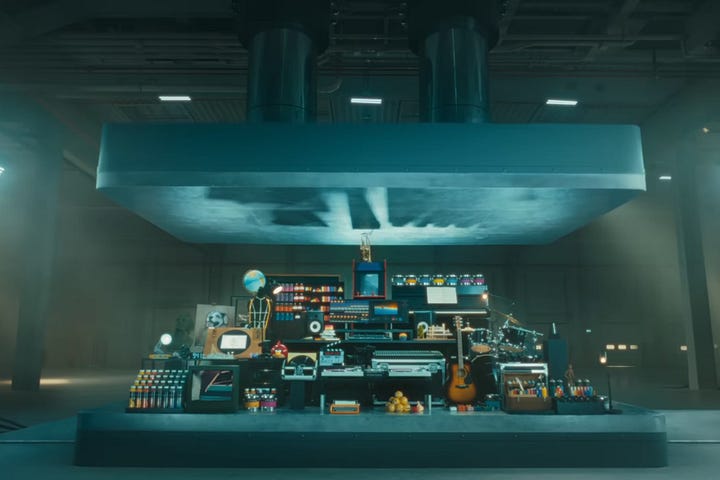
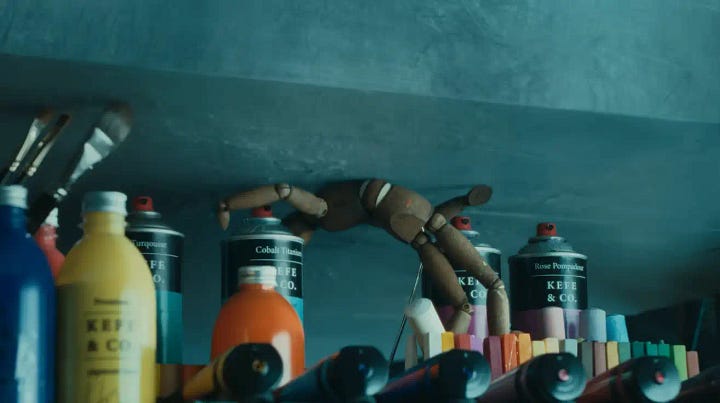
Participating in the real, means drawing the real and practicing, practicing and practicing. But there must be a quicker and simpler route to making a picture. We have sped everything else up, let’s disrupt this slow art thing. I hope you saw the recent boneheaded Apple ad featuring a massive steel crusher destroying every analog form of creative tool and musical instrument to make the sleek new iPad Pro, it had quite the backlash, well for all those horrified folks, welcome to art education today. Art Colleges are obliging. A prominent art school is offering more and more online courses and pulling support from studio learning because art in the ‘real world’ is remote. Apple is just showing us what reality looks like steamrolled for our passive viewing, they have flattened the Professional and the Amateur, creating the Consumer.
Exploring new avenues and media is what the practice of Illustration has always been about, but we have done the innovating by molding the tools to our use. The problem for art students is when they are being molded to the tools, hello iPadPro crusher. Photoshop made sense to me because of lithography and both media were shaped by my needs. In 2011, Bjork debuted her album Biophilia with a series of ten in-app experiences on the iPad that seemed to jump ahead of the possible for the device. Where is that promise of exploring the formal aspects of colour, light, space, dimension, structure, depth, motion, sound…a voyage to a galaxy of visual experiences? Here we are in flatland, mimicking the analog world, with a haptic pencil!

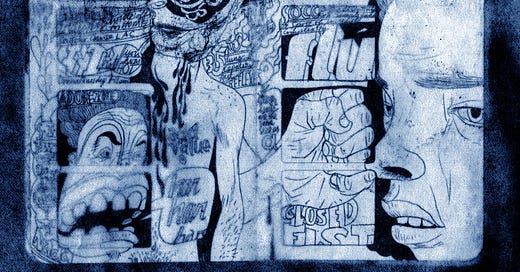



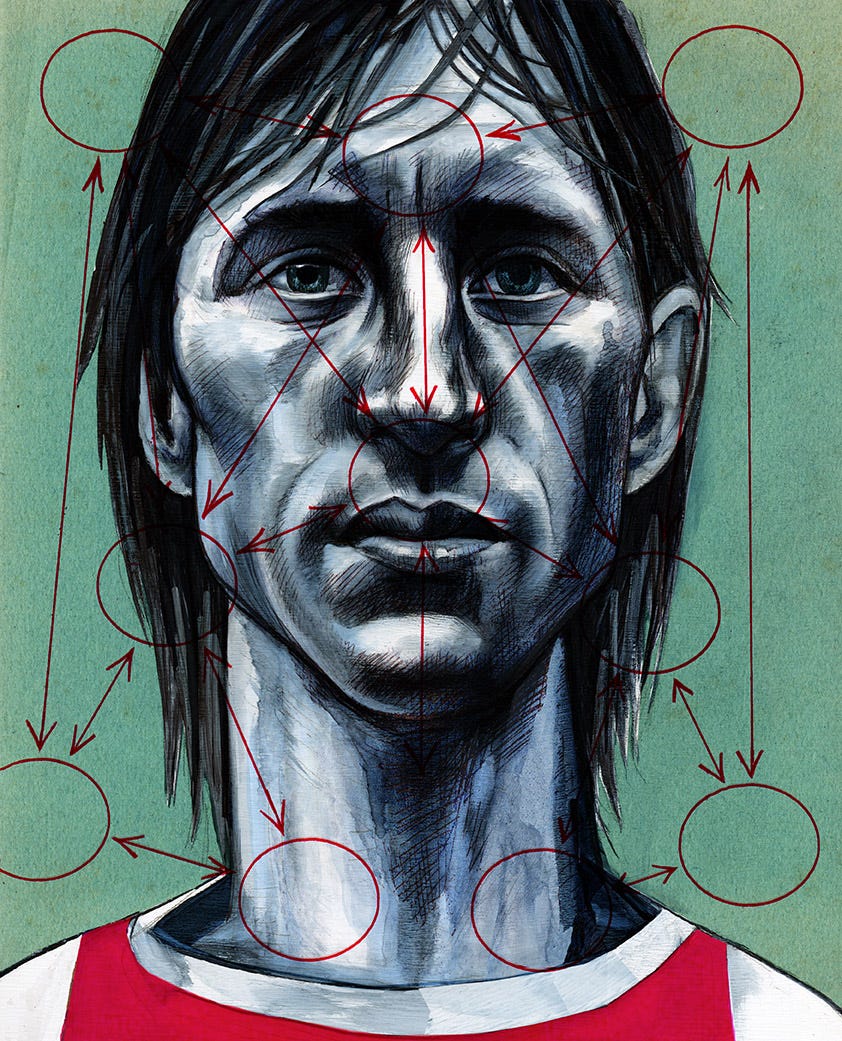

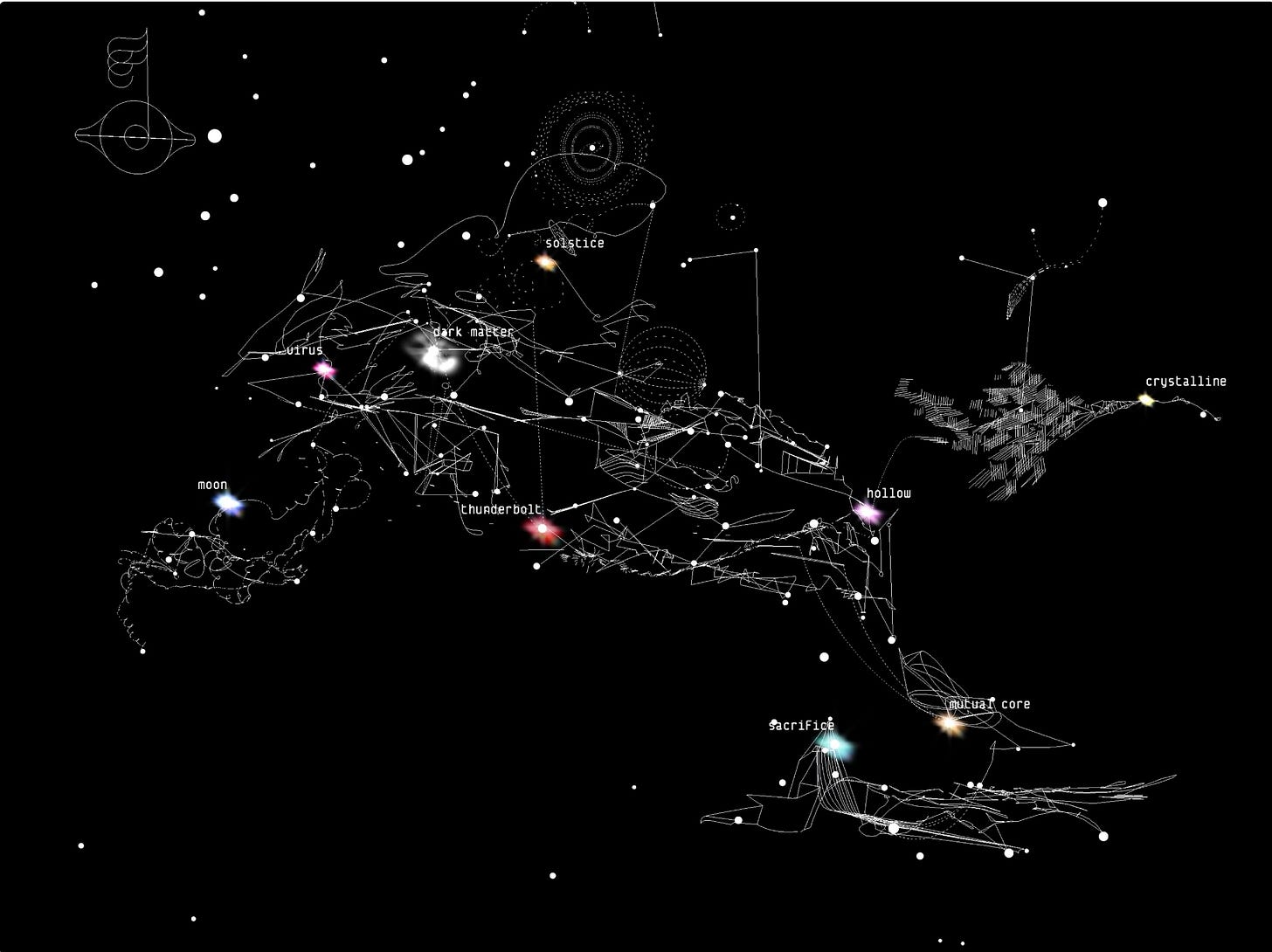
A device promoted as the culmination of physical creative materials and mediums….that is vastly more tailor-made for media consumption. Great words!
I refuse to let go of, that beautiful simplicity. A pencil, piece of paper and the endless imagination. Thanks for the words, well said.